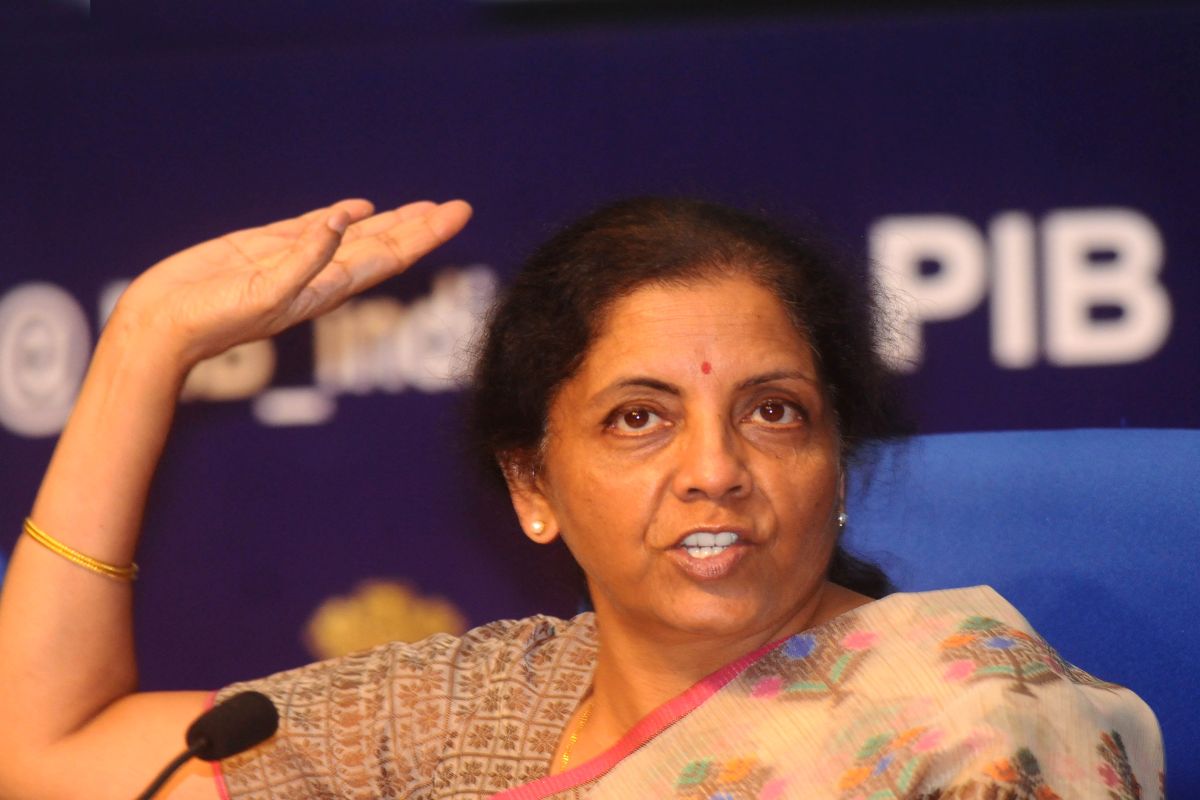It is not easy to agree with the often outlandish ideas of the BJP leader, Subramanian Swamy, but in bidding goodbye to the $5-trillion economy, after the performance by Nirmala Sitharaman at her recent press conference and the release of the new gross domestic product (GDP) numbers, the maverick leader seems to have hit the nail on the head. Essentially, the government shows no thinking that is remotely convincing or fresh even though the basic issues troubling the economy are known and only exacerbated by actions of the government, howsoever honourable they may be.
Given the chasm between the top financial echelons of Indian society and its dispossessed and the inexorably sliding GDP, any stimulus or remedy should be directed at the roots of the crisis. The trickle down theory hardly applies to India and the growth rate ~ never good enough to make a compelling difference ~ has been grim. It shows a drop to five per cent in the April-June quarter, fourth quarter running and the most lackadaisical in more than six years. Using practised strategy when in trouble, the government has gone big on braggadocio and small on substance; also relying on might that it does not possess, as clearly demonstrated by the enhanced surcharge on foreign portfolio investors (FPIS), in the budget.
Advertisement
The FPIs, incorporated as trusts, may well have been the victim of a poorly-considered measure by the government at its wits’ end as it battled slipping tax revenues. With reprisal swift and remorseless and FPIS withdrawing upwards of $ 3 billion from Indian stock markets in July and August and sending the bourses into a tizzy, the finance minister ate humble pie and rolled back the enhanced surcharge. The second round of big-ticket reforms, in the face of the sinking GDP, claim to unlock the potential of ailing public sector banks through a mega consolidation; this seems to be a good plot.
The promise of investing the larger entities (accounting for 56 per cent of the Indian banking industry) with enhanced capacity to increase credit and bigger risk appetite with bigger business portfolios and supporting them by injecting a combined Rs 55,250 crore into their capital makes for good optics. Bank unions are wont to resist change but there is merit in the fears expressed by the Joint Platform of Banking Unions that, in the past, mergers have removed the banking sector from the masses and increased the size of the under-banked population, which has been the bane of India.
Reforms should primarily target this segment because growth stimuli could well come from a vibrant grassroots sector but, as is the Modi government’s wont ~ and so eloquently expressed by Arun Shourie ~ managing economic headlines is almost as important as managing the economy itself. This explains the purported bigbang bank reform when the economy has crashed into unhappy lows.











